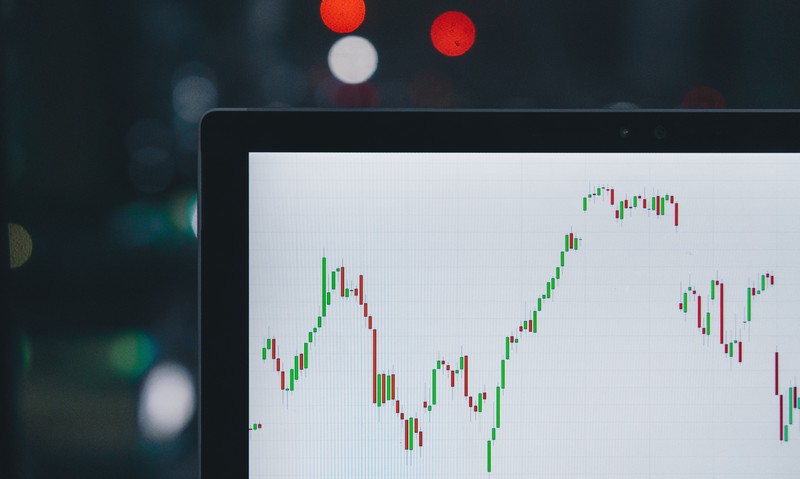Nothing says fall like a pipin’ hot plate of economic analysis.
Driving the news: The government served up its annual Fall Economic Statement, including the risks around a recession as a main and what the country plans to do about it as a side.
Why it matters: The updated projections are the government’s response to a fast-changing economic environment influenced by the increased cost of living and high-interest rates, including how the government plans to support people and businesses over the next year.
- The deficit fell after years of pandemic spending came to a close, and high inflation boosted government revenues, but economists expect the deficit to balloon again.
The statement has also been widely seen as a response to the US government’s Inflation Reduction Act, which introduced several measures to invest in the country’s “safety net.” Here’s how some of the $22.1 billion in new spending over six years breaks down:
-
A 2% buybacks tax on stocks (when a corporation buys its own stock from shareholders) to raise revenues and incentivize reinvestment in businesses.
-
Added inflation support by making student and apprentice loans interest-free and issuing Canada Workers Benefit payments to people who qualified for it last year.
- A new refundable tax credit for clean tech investments equal to 20-30%of capital costs depending on how well companies “adhere to certain labour conditions.”
What’s next: The update will likely kick off a heated debate in Ottawa since Conservatives called for no new taxes or spending (that wasn't offset by savings in other areas), while the NDP wanted to see more support for citizens and measures to target "corporate greed."
